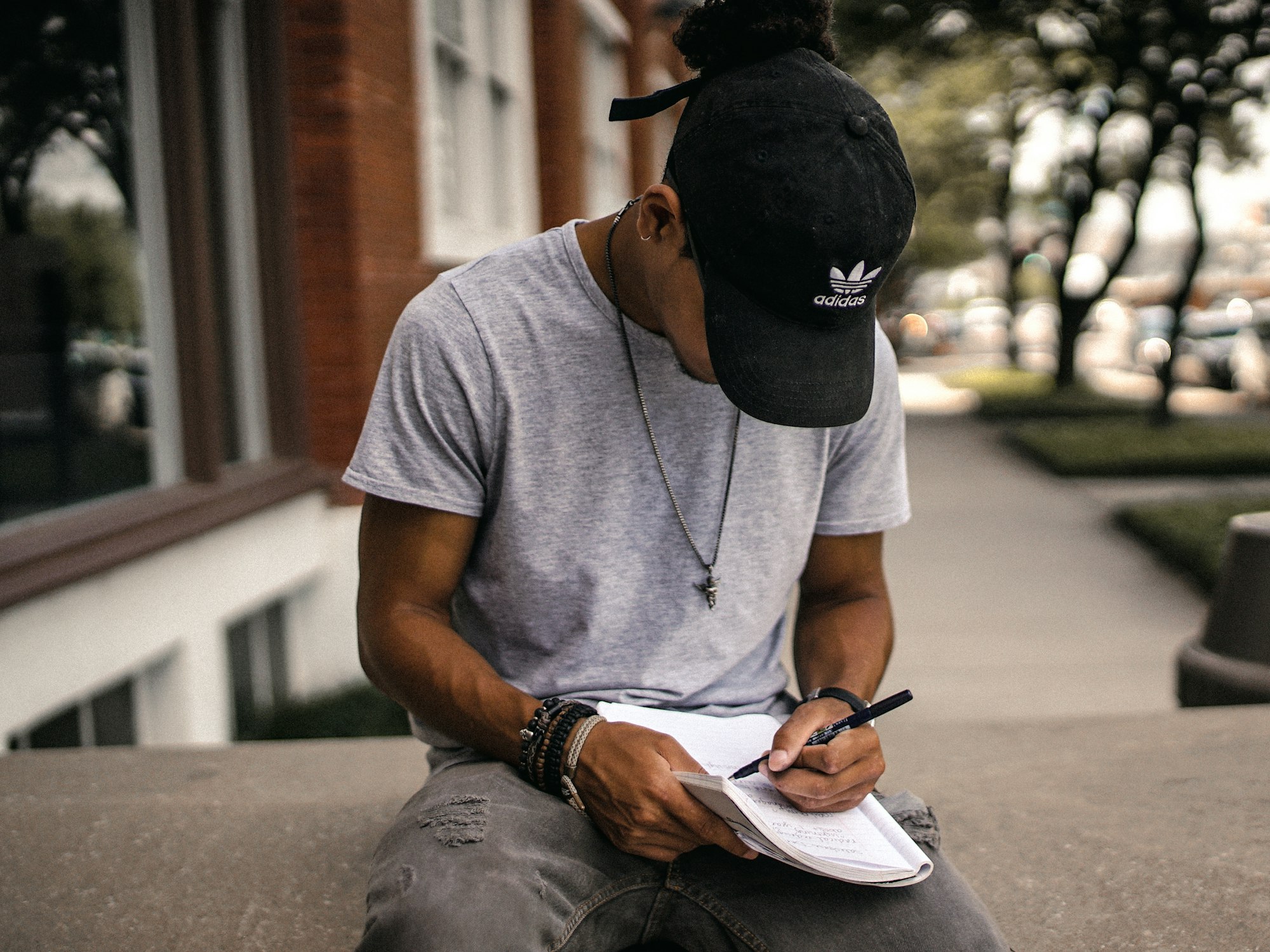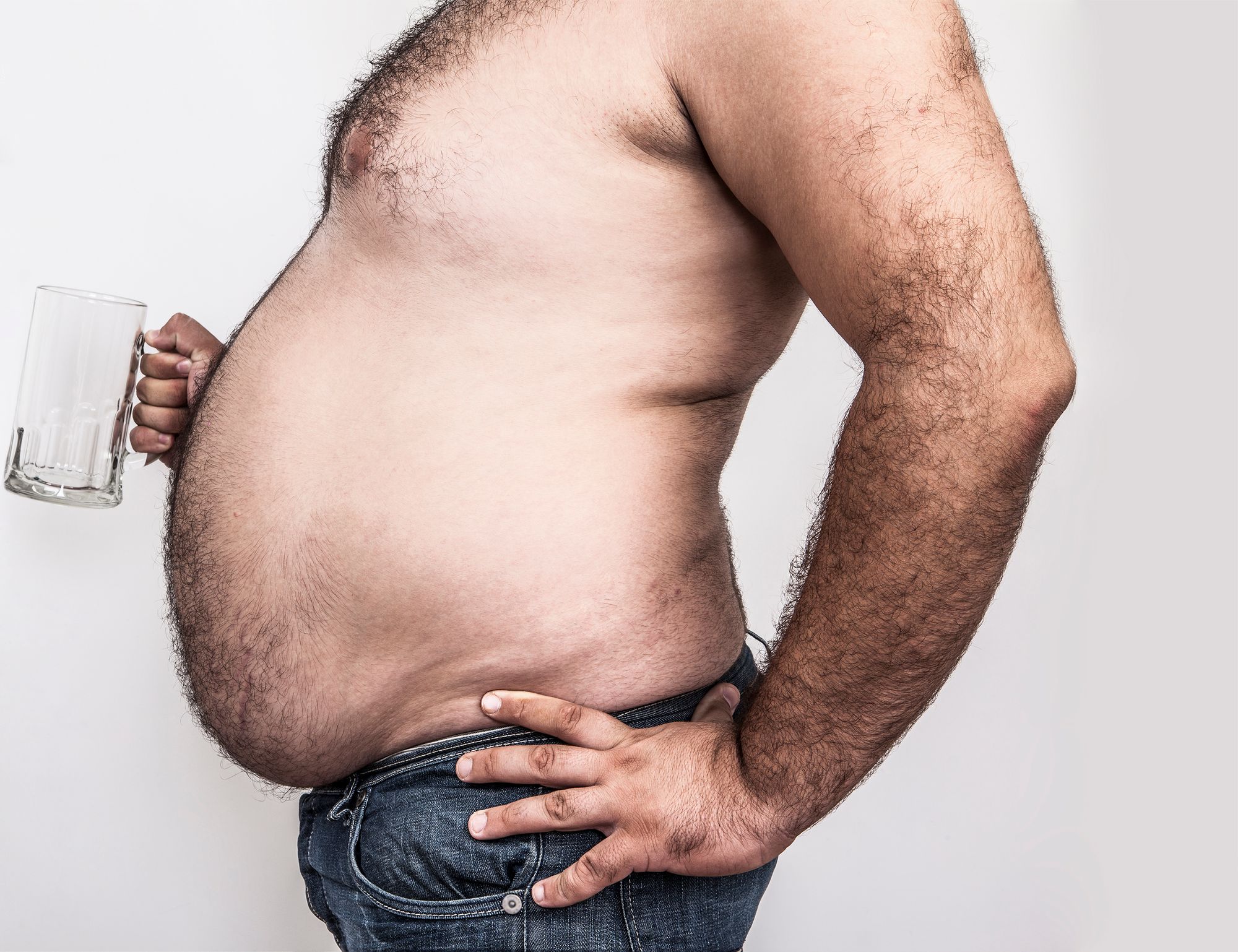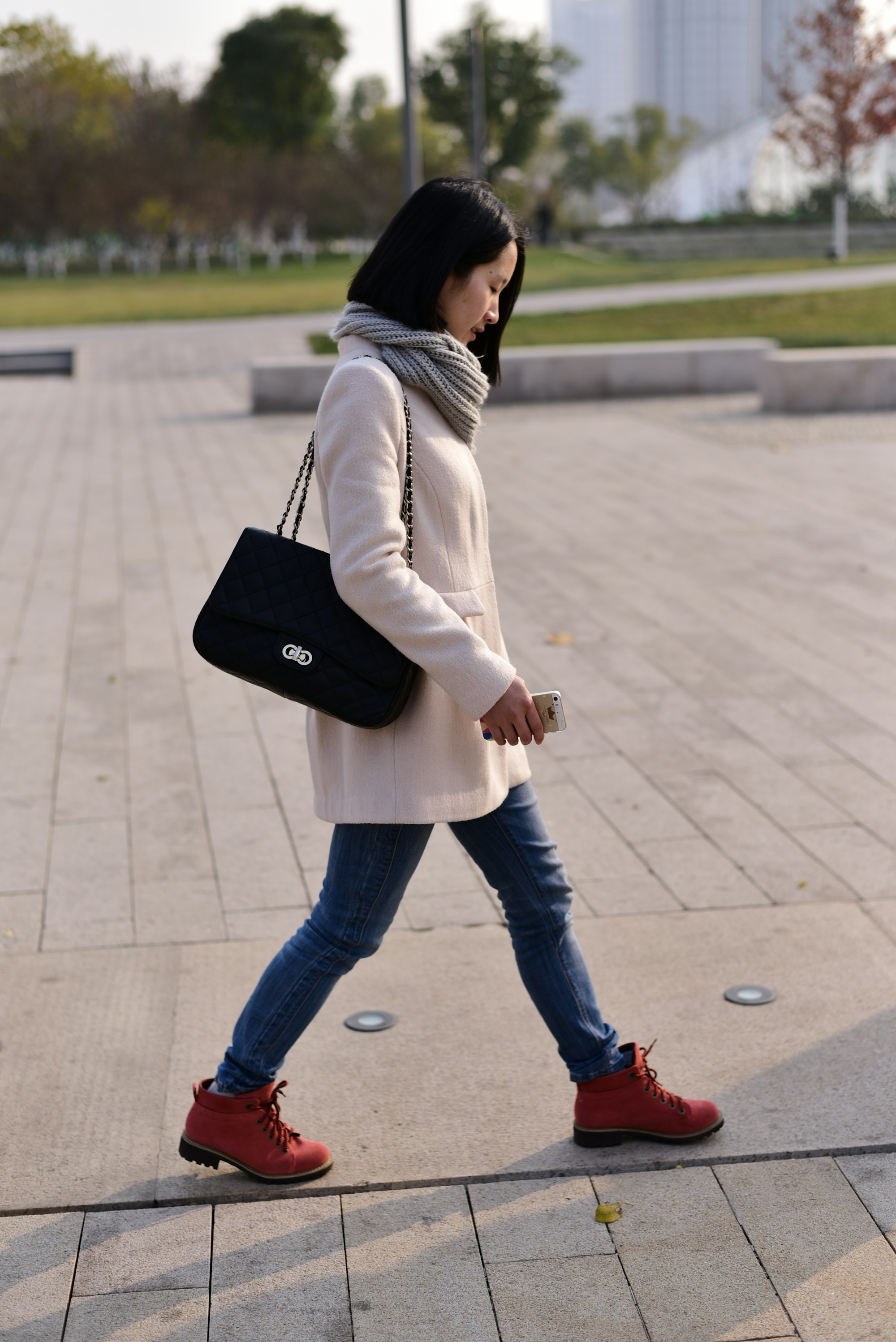
And what you can do about it
Kevin Plummer, my sports chiropractor, rolled me over. My neck and back were a bit stiffer than usual, largely because my VA referral for his services had run out. I hadn't seen him for a few weeks. We could tell. I had migraines building again, and my body had difficulty releasing. Still, I was mobile, perhaps more than most.
Normally it takes a few visits to loosen things up. Since I'd recently re-injured a toe and a finger on opposite sides of my body, normal workouts had to take a break again, and meanwhile I was back to sitting a bit too much.
But not as much as far too many of his other patients.
"Most of what I'm seeing right now is upper body: neck, headaches, rotator cuff, and lower back pain," Plummer said. "And 'insidious injuries,' which are when the patient says that something just happened and they can't tell what they did.
Often that can be from trying to head out for a hike after long, long months sitting. We can assume, not wisely, that our bodies can do precisely what they could always do before quarantine, and then we're surprised when a hefty hike that was easy a year ago costs us our calves or knees.
The just happened part of it can often come of poor posture, lack of movement leading to loss of mobility and normal flexibility, combined with unintended weight gain. Suddenly the body gets injured simply because of a perfect storm of conditions that otherwise don't normally happen.

More commonly, though, Plummer sees overuse injuries from hours on end sitting, allowing the head's heavy ten pounds to pull down the top of the spine, and other poor posture issues from sitting way too long watching reruns out of boredom.
He hears all the excuses.
"Well, the pool is closed." Yes, but the sidewalks aren't.
"The gyms are closed." Not any more.
Well...You get it. The floor of your house isn't closed. The stairs, if you have some, aren't closed. You can do pushups and pullups and stretches and yoga, and you can get DVDs and light weights and all kinds of home -based programs, all of which have proliferated because of quarantine.
Perhaps the best is still get out and walk. While walking isn't the only thing you need to do for health, it's still one of the very best. Then you can stretch. You can get up and do a doorway stretch, or sit on the floor and stretch out. Here are a few, but you can easily look up more.
"Probably weight gain is the biggest complaint," Plummer went on. His practice is crazy busy right now, as the cumulative effect of nearly a year under quarantine has begun to weigh far more heavily not only on our spines, from extra belly fat, but new, lazy habits that quarantine has allowed us to build. People want to get fixed.
Plummer can't fix weight gain, though, or exercise avoidance.

Every extra pound on the body equals 4 pounds of pressure on the spine. Someone who weighs 200 pounds is putting 800 pounds of pressure on their spine. If your normal weight is closer to 175, and now you're 200, you've just added 100 extra pounds on the load your spine has to carry.
No wonder we hurt.
While cocooning at home at first might have seemed to some to be something of an adventure, it most certainly isn't for many others. In communities of color, far too many are crammed into smaller spaces, and it can be dangerous just to go for a walk, much less a run. So while it might seem obvious to say go walk, or go run or hike, those without facilities or access simply can't always get out and get busy. No matter what your conditions, however, simply taking the time to stand and stretch every so often can go a very long way towards helping prevent lower back pain.
Constant stress causes cortisol levels to rise, which regular exercise and stretching can help. Poor food choices, which are very tempting during quarantine, not only stress the body but also the skin, gut and brain. To say nothing of how bad food and sedentary habits cause constipation, which is almost inevitable when we have such a perfect storm.
What can you do?

Lots. For simple starters, Plummer suggests:
First and foremost, get up and move around. Just the act of standing speaks to the body politic that it's time to move blood around. Better yet, if you can, take a few turns around the room, the neighborhood, whatever. Get the dog out. Again.
Take a break, every ten or fifteen minutes. Stretch your back, move your shoulders around. If you can, do some yoga stretches.
If you get a case of exercise religion again, don't expect your body to perform at top speed if you've not kept up with regular maintenance. Start slowly and work back up. Otherwise your injuries might be even less forgiving.
Drink lots of water. Eschew fruit juices (too much sugar) and hydrate, hydrate, hydrate.
Mind your food intake. As tempting as it is to turn to comfort food, all too often said comfort food is uncomfortable for the body, especially when you sit too much. Our GI tract is designed to work best with more plants than meat, regular fiber, far less sugar, and movement. Try taking a careful look at the snack food you have around, read the labels, and ask yourself honestly:
Is this what I want my body to be using as fuel?
Is this the best use of my calorie intake?
Is this going to make and keep me healthy?
If you answer no to any of those, I'd dump the food and rethink my options.

What you can and should eat is wholly up to your unique body, but you already likely have a good idea of what doesn't work very well. Bad food ages us. Sedentary habits age us. A sore back, sore body age us.
The more we hurt, the more we tend to default to rest. However, when the body is hurting, more often than not, it's telling us just the opposite. It's asking for movement, decent fuel, and engagement.
Plummer himself is 48, the picture of perfect health. I regularly see him with injuries, which are the result of pushing himself and using his body, and being lovingly battered by his two rambunctious boys. He walks his talk. It troubles him to see so many people who, before Covid, were in far better shape. The worries, fear and stresses have weighed on us all.
However, we lose our ability to deal with those stresses if we also stress our bodies as well as our minds by neglecting self-care basics.
There is only so much any doc can do, and that includes my jock doc. Plummer is awfully good at coaxing my sore joints back into alignment. But I'm the one, as are we all, who is responsible for making sure that the fuel we take in and the fundamentals of body care provide him with a good base to help maintain. He can't fix what we keep flubbing up.
Bottom line, Plummer can't put all our pieces back together if we do too much damage. What we bring into Keith, he can improve upon. Even under this interminable lockdown it's our job to do the best we can with what we have, or the road back to real health could a lot longer than it needs to be.
Comments powered by Talkyard.